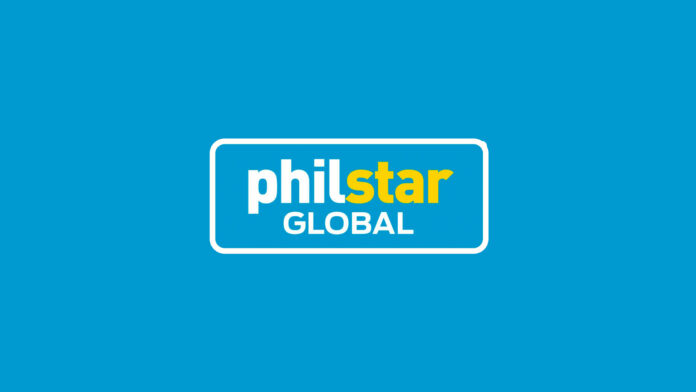For decades, executives have called reputation their organization’s most valuable asset. Yet for all its proclaimed importance, few can say precisely what it is worth or how it grows, erodes or translates into financial outcomes. We measure profitability, productivity and market share, but reputation remains intangible, existing somewhere between perception and performance.
That gap between importance and measurement inspired the creation of RepCap, short for Reputation Capital Formula: a model I introduced during the PRSP’s 32nd National PR Congress and which is now fondly called the Jabal Formula. It was designed to quantify and monetize reputation by connecting stakeholder trust directly to business performance.
At its core, RepCap provides a mathematical way of expressing how credibility creates capital:
Reputation Capital (P) = ((Trust × Credibility × Resilience) ÷ Risk) × Annual Revenue
This equation reframes reputation not as an abstract virtue, but as a measurable, monetizable driver of enterprise value.
Each component of RepCap represents a dimension of organizational behavior that shapes trust and, by extension, value creation.
Trust: The confidence stakeholders have in the organization’s integrity and purpose, measured through surveys, sentiment analysis and employee engagement. It reflects both emotional goodwill and cognitive assurance.
Credibility: The perception of competence, reliability and leadership, assessed through media visibility, investor confidence and thought leadership. It answers the question: Can they deliver?
Resilience: The organization’s ability to withstand and recover from crises, measured through risk audits, crisis response and recovery time. This determines whether trust can endure turbulence.
Risk: The exposure to reputational threats such as product failures, governance lapses, ESG scrutiny or social volatility. It moderates the formula, recognizing that higher risk diminishes capital value.
Annual revenue: The financial baseline that anchors reputation value to business scale, allowing its worth to be expressed in peso terms.
Through this formula, reputation is no longer symbolic. It becomes a quantifiable form of capital that can be tracked, benchmarked and optimized much like financial, human or intellectual capital.
The RepCap formula establishes a direct link between trust and enterprise value. It illustrates that trust multiplies, credibility validates, resilience sustains and risk moderates the overall reputation equation.
In practical terms, organizations with strong trust and credibility but poor resilience will see their reputation capital weaken under crisis pressure. Conversely, those with moderate visibility but robust resilience and low risk exposure can maintain higher reputation value over time.
By introducing Annual Revenue into the formula, RepCap translates reputation from a qualitative score into a peso-equivalent indicator bridging communication metrics with financial performance. This empowers communicators and CEOs to present reputation not as a cost center but as a strategic investment that generates measurable returns.
RepCap fundamentally redefines the role of communication and public relations. Traditional PR has focused on shaping narratives and managing perception. But in an era of data transparency and algorithmic accountability, perception alone no longer sustains trust. Stakeholders demand proof: verifiable, consistent and aligned with purpose.
RepCap transforms PR from storytelling to story-proofing. It encourages practitioners to ground their strategies in evidence, analytics and risk management. By quantifying trust, they can demonstrate how communication contributes to operational efficiency, investor confidence and market access.
In essence, RepCap elevates PR from the margins of influence to the core of enterprise valuation.
The beauty of RepCap lies in its multidimensionality. It integrates emotional, ethical and economic logic in a single framework. It allows companies to:
Measure trust through sentiment analytics and stakeholder surveys.
Track credibility via media intelligence, leadership visibility and investor sentiment.
Assess resilience through risk audits, response time and crisis recovery indices.
Quantify risk exposure based on ESG performance, governance integrity and social volatility.
Correlate reputation with revenue, showing how each improvement in trust or credibility increases bottom-line performance.
By applying this structure, organizations can identify where their reputation capital is strongest, where it is leaking value and how to manage it systematically.
Although born in the communications field, RepCap has applications across industries.
Finance: Reputation capital can inform credit risk models, ESG ratings and investor confidence indices.
Governance: Public agencies can use it to measure institutional integrity and policy credibility.
Health care: Hospitals can translate patient trust and crisis resilience into measurable “trust premiums.”
Education: Universities can assess academic reputation using credibility and purpose indicators.
Technology: Digital platforms can apply RepCap to evaluate user trust, data ethics and algorithmic transparency.
The logic is universal: trust is currency. When managed well, it appreciates; when neglected, it depreciates.
The introduction of RepCap/Jabal Formula signals a broader shift in reputation management. It moves the discipline beyond perception and persuasion toward quantification and accountability.
RepCap transforms reputation from an intangible virtue into an auditable asset. It invites companies to report not just financial earnings but trust earnings i.e. gains achieved through transparency, resilience and credibility. Ultimately, it answers a question long considered rhetorical: What is the real value of reputation?
And in doing so, it establishes a new truth: reputation is capital. It is earned through trust, validated by proof, sustained by resilience and diminished by risk. When these forces align, organizations don’t just protect their reputation. They grow it as a measurable form of wealth.
As markets evolve, reputation will increasingly behave like an asset class; traded in decisions, reflected in valuations and monitored in dashboards. RepCap offers the conceptual foundation for this new reputation economy, where credibility has cash value and integrity yields dividends.
It reframes public relations not as a support function but as the stewardship of trust: the most renewable yet fragile capital of all.
In the end, the equation is simple: Trust creates value. Risk erodes it. Resilience preserves it.
And RepCap helps us finally measure it.

